News

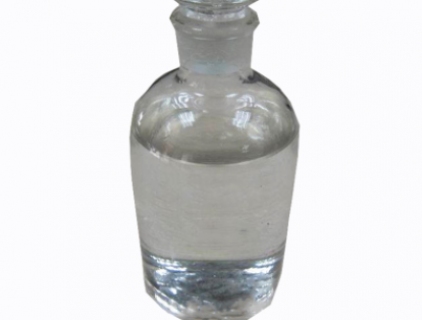
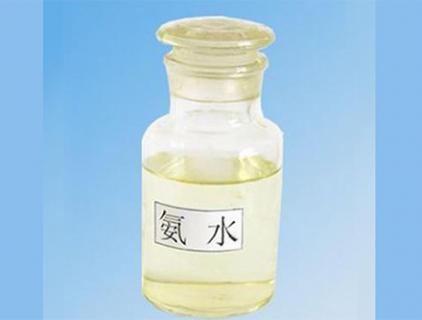
Ammonia is an aqueous solution of ammonia. It is colorless, transparent and has a pungent smell. So what are the properties of ammonia?
2021/09/25 09:37
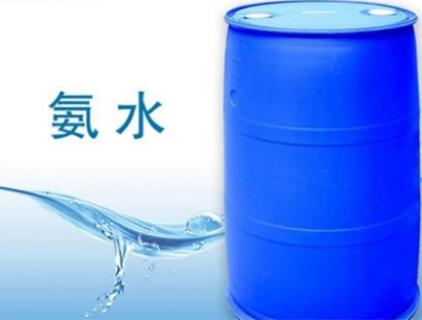
Ammonia water is an aqueous solution of ammonia dissolved in water. Due to the complexity of its components, ammonia water shows diversity in its properties.
2021/09/25 09:18
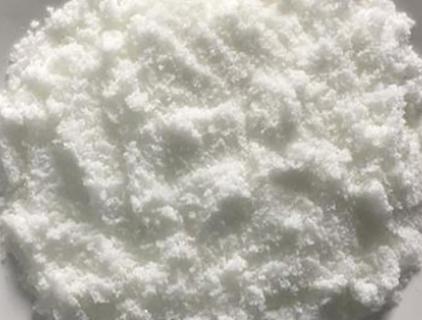
Antioxidants can be used as hydrogen donors to scavenge free radicals generated during the chain initiation stage, thereby inhibiting or reducing the oxidation of oils. Therefore, in order to delay the oxidation of fats and extend their shelf life, the most common and effective way is to add antioxidants to the fats.
2021/09/18 08:35
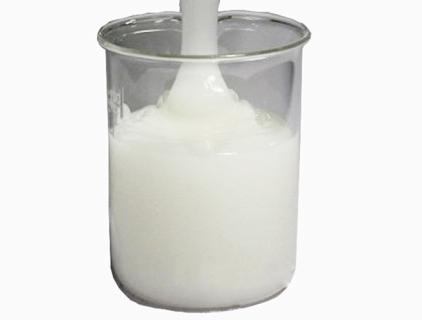
Antifoaming agent refers to a substance that can reduce the surface tension of water, solution, suspension, etc., prevent the formation of foam, or reduce or eliminate the original foam. In the papermaking process, due to unreasonable sizing, poorly washed pulp, alkaline fillers used in acid systems, and various additives, foams will accumulate in the wet end of the papermaking system, resulting in the formation of foam dots on the paper.
2021/08/19 17:17
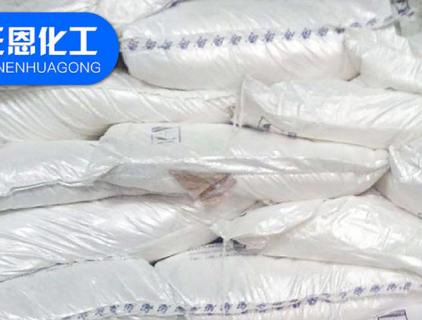
The principle of photocatalysis is based on the oxidation-discount capacity of photocatalysts beneath mild conditions, which can reap the purpose of purification of pollution, cloth synthesis and transformation. usually, the photocatalytic oxidation response makes use of a semiconductor as a catalyst and mild as an power source to degrade organic rely into carbon dioxide and water.
2021/08/19 16:59

Titanium dioxide naturally exists in titanium ores such as titanium ore and rutile. Its molecular structure gives it high brightness and covering properties, but it must first be chemically extracted and purified. More than 60 years ago, DuPont invented the chlorinated titanium dioxide production process. Compared with the old sulfuric acid process, it can manufacture high-quality pigment products while reducing environmental emissions and Chemicalbook energy consumption.
2021/08/19 16:30

Water retaining agent (for bread, cake); Carrier solvent (for spices, pigments, water-insoluble preservatives, etc.); Thickener (used for beverages, liquor preparation, etc.) Plasticizer (candy, dessert Chemicalbook, meat products); Sweeteners. EEC regulations can be used for alcoholic beverages, candies, cakes, coating glazing, meat and cheese coating, non-alcoholic beverages, baked products, gum, gelatin sweets, etc.
2021/08/12 16:41
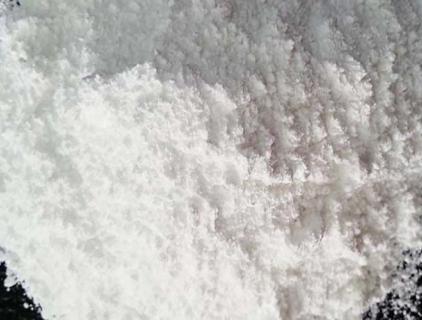
Titanium dioxide for the production of titanium dioxide, titanium sponge, titanium alloy, artificial rutile, titanium tetracloride, titanium sulfate, potassium fluorotitanate, aluminum chloride titanium, etc.
2021/08/12 15:57
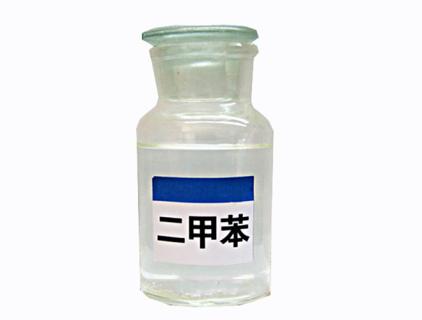
Benzene and its homologues toluene and xylene are mainly obtained from coal tar fractionation and cracking petroleum. The three are colorless, transparent and aromatic liquids with strong volatility.
2021/08/09 14:53
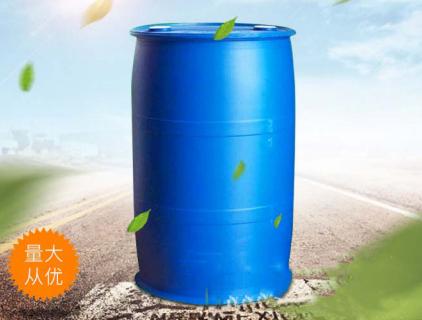
Acetic acid is used for the synthesis of vinyl acetate, acetate fiber, acetate, metal acetate and halogenated acetic acid, is also an important raw material for pharmaceutical, dye, pesticide and organic synthesis.
2021/08/06 09:33

Ammonia is an aqueous solution of ammonia. It is colorless, transparent and has a pungent smell. So what are the properties of ammonia?

Ammonia water is an aqueous solution of ammonia dissolved in water. Due to the complexity of its components, ammonia water shows diversity in its properties.

Antioxidants can be used as hydrogen donors to scavenge free radicals generated during the chain initiation stage, thereby inhibiting or reducing the oxidation of oils. Therefore, in order to delay the oxidation of fats and extend their shelf life, the most common and effective way is to add antioxidants to the fats.

Antifoaming agent refers to a substance that can reduce the surface tension of water, solution, suspension, etc., prevent the formation of foam, or reduce or eliminate the original foam. In the papermaking process, due to unreasonable sizing, poorly washed pulp, alkaline fillers used in acid systems, and various additives, foams will accumulate in the wet end of the papermaking system, resulting in the formation of foam dots on the paper.

The principle of photocatalysis is based on the oxidation-discount capacity of photocatalysts beneath mild conditions, which can reap the purpose of purification of pollution, cloth synthesis and transformation. usually, the photocatalytic oxidation response makes use of a semiconductor as a catalyst and mild as an power source to degrade organic rely into carbon dioxide and water.

Titanium dioxide naturally exists in titanium ores such as titanium ore and rutile. Its molecular structure gives it high brightness and covering properties, but it must first be chemically extracted and purified. More than 60 years ago, DuPont invented the chlorinated titanium dioxide production process. Compared with the old sulfuric acid process, it can manufacture high-quality pigment products while reducing environmental emissions and Chemicalbook energy consumption.

Water retaining agent (for bread, cake); Carrier solvent (for spices, pigments, water-insoluble preservatives, etc.); Thickener (used for beverages, liquor preparation, etc.) Plasticizer (candy, dessert Chemicalbook, meat products); Sweeteners. EEC regulations can be used for alcoholic beverages, candies, cakes, coating glazing, meat and cheese coating, non-alcoholic beverages, baked products, gum, gelatin sweets, etc.

Titanium dioxide for the production of titanium dioxide, titanium sponge, titanium alloy, artificial rutile, titanium tetracloride, titanium sulfate, potassium fluorotitanate, aluminum chloride titanium, etc.

Benzene and its homologues toluene and xylene are mainly obtained from coal tar fractionation and cracking petroleum. The three are colorless, transparent and aromatic liquids with strong volatility.

Acetic acid is used for the synthesis of vinyl acetate, acetate fiber, acetate, metal acetate and halogenated acetic acid, is also an important raw material for pharmaceutical, dye, pesticide and organic synthesis.


